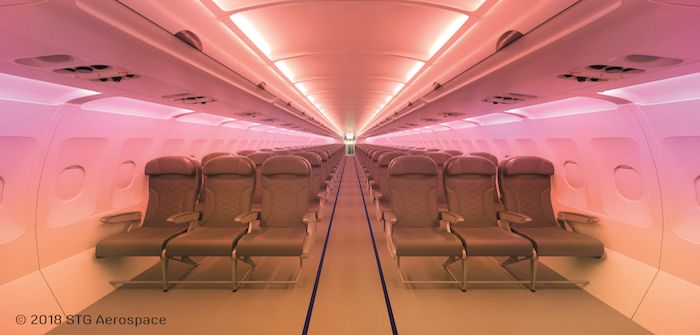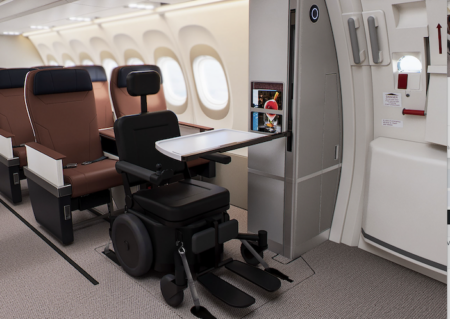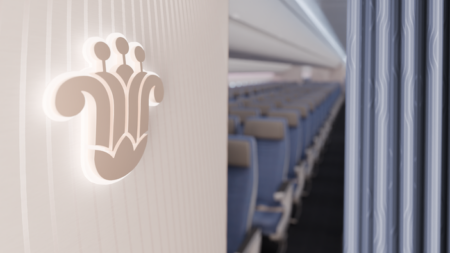With 2023 in the rear-view mirror and all eyes now on what’s to come, the commercial aviation market is faced with an exciting year of opportunities. So what will the top cabin interior trends be in 2024?
Retrofitting in-service aircraft cabins remained high on the agenda throughout 2023 and, due to the ongoing shortage of aircraft available, I expect this trend to continue into 2024. Airlines are keen to maintain their high standards and meet the needs and expectations of passengers, forcing them to think of ways to refresh the cabin to enhance the overall aesthetic. Until OEMs can keep up with demand, lighting is a great option.
Low-cost carriers in particular are looking for fast, risk-free wins to update their cabins at minimal cost, both from a product and installation point of view, to align with the demands of their passengers. For example, updating their floor path marking or cabin lighting is a far easier win than installing new seats.
Linked to this, I predict that fleet harmonisation will also remain a priority as airlines want to provide an experience with a positive look and feel that is consistent across their fleet.
I also believe the focus on sustainability will remain a key topic as we move into 2024, with many working in design and manufacturing exploring how to make their products eco-friendly, whilst others are attempting to make their products appear greener than they really are.
There is a fine balance. Rather than focusing all attention on fuel burn and carbon emissions, aerospace businesses should be thinking holistically about the wider scope of the problem. Sustainability is undoubtedly a challenge in this sector, but if we are clear and realistic about our goals, we can avoid the perception of greenwashing.

Another trend we can expect to see in 2024 is in response to the new rules brought in by the FAA for lavatories on single-aisle aircraft. The regulations aim to ensure that all air transportation systems are safe and fully accessible to individuals with impaired movement. Airlines are now required to make lavatories on new single-aisle aircraft large enough to permit a passenger with a disability and an attendant, to approach, enter, and manoeuvre within the lavatory.
This new regulation is an opportunity for manufacturers to create solutions for airlines that enhance these facilities. Designers can re-evaluate the lavatory space in its entirety, including lighting and where signage is located, to ensure elements are inclusive and practical, as well as safe and aesthetically sound. Photoluminescent signage could be very useful as there is no electrical wiring required and it can be used for aesthetic, safety, and accessibility purposes.
With regard to regulatory changes, the EU has introduced a regulation that bans fluorescent lights as part of a commitment to cut emissions in Europe. As the exemptions on EU directive 2011/EU/65 come to a close, airlines using fluorescent tube lights may start to find disruptions in their supply chains. Mercury product usage is frowned upon, and will potentially be prohibited, leading to a decline in non-aircraft fluorescent use.
As demand reduces, the aerospace industry may find that its supply chain is affected. This could lead to a move to LED lighting within retrofit projects.
As a consequence of this pending new regulation, I predict alternatives such as LED plug-and-play programmable lighting systems will be a key trend next year.





